|
Blog 16 June 2015 ActionAid has always been emotionally committed to diversity. It was just, at times, rather difficult to see it in practice...
For the management team the board then was more of an obstacle to be got round than something that might add value. But we had some good trustees and we could see that a better board might be possible.
By building exemplary boards at the country level ActionAid is sending a strong, consistent message to the people and political leaders
|
Commitment to diversity is a basic essential of good governance so nonprofit organisations, one might expect, should have diversity policies and practices deeply embedded at their core. The international anti-poverty charity ActionAid has always been emotionally committed to diversity. It was just, at times, rather difficult to see it in practice, either from the outside looking in or from the inside, looking around. Equally ActionAid was always committed to gender equity and to gender balance at all levels, in all things. Only, that too was often hard to spot. For sure, hearts at ActionAid were in the right places and all intentions were just as they should be, but in the past the reality was often far from what it should have been. Back in 1977, when I started with the charity as UK director, diversity was a concept barely understood. ActionAid was very small then (it was known as Action in Distress until it changed its name to ActionAid in 1980). Board members when I joined the charity were all relatively rich white men from the south of England, all personal appointees of the charity’s founder, Cecil Jackson Cole (mostly they worked for CJC’s estate agency firm). Diverse, we were not. But the absence went largely unnoticed. ActionAid’s first international meeting took place at my house in North London in spring of 1982. It was the first time ever that the senior managers of the organisation had assembled in one place. As we, the A story that spotlights the calamity of no diversity For the management team the board then was more of an obstacle to be got round than something that might add value. But we had some good trustees and we could see that a better board might be possible. Over the years (I left the ActionAid staff in 1983 but returned 12 years later in a voluntary capacity, as a trustee) some modest progress was made. The senior management team under CEO Roland (Rip) Hodson moved towards gender balance and throughout the organisation a good picture of diversity began to emerge. Some eminent women joined the board, making a massive difference. But the board chair and CEO remained resolutely white and male. Internationalisation ActionAid’s strategy planning meeting in Bangkok in 2004 provided a stark contrast to that first international meeting in London back in 1982. This time there were 140 participants from 40 countries, 50 per cent were women, mostly Africans and Asians and there was clearly, evidently a much higher level of debate. Something significant had changed. ActionAid had made sure it did. My successor as board chair in 2003 was a Ugandan woman, Noreen Kaleeba, and a brilliant, charismatic leader and unifier she proved to be. Being part of her appointment remains one of the high points of my professional life. ActionAid now works in more than 50 countries around the world, from Afghanistan and Brazil to Zambia and Zimbabwe. It was the first major international charity to shift its international headquarters from a base in the affluent North – London, to a capital in the global South – Johannesburg. The first international chair of trustees elected under the new process was an African woman; the international chief executive who followed Salil was an agriculturalist from Nepal. Seated around ActionAid’s top governance table now you’ll find representatives from national boards that ActionAid has created and is supporting in Malawi, Guatemala, India, Sierra Leone, Greece, Ghana, Denmark, USA, Australia, Uganda, Kenya, the UK and others. ActionAid’s international governance system enjoys all the colours of the rainbow and all the flavours of an African street market. Though it started in the UK, British trustees are determinedly and deliberately thin on the ground. At one of my last board meetings there were more Indians and Brazilians than Brits. Experience to date seems to indicate that ActionAid’s board now does its job rather better too. In many countries the new ActionAid boards have been able to secure top brains and experienced campaigners for change of a quality that would have been hard to find and attract if we’d only been fishing in British local waters. These new, developing trustees include many academics, politicians, business leaders, legal specialists and opinion formers. Diversity brings better decisions by definition. In each country ActionAid’s new leaders know where the poverty is and what’s causing it, because they come from it and see it in their daily lives. It also brings credibility and acceptance too, as individual national ActionAids around the world are increasingly seen wherever they work as self-regulating independent members of a southern-led international family, not as agents of British or American influence. In today’s volatile international environment, this makes a huge difference. Continued in column 2, above. Home page | Current blogs | Article archive
|
 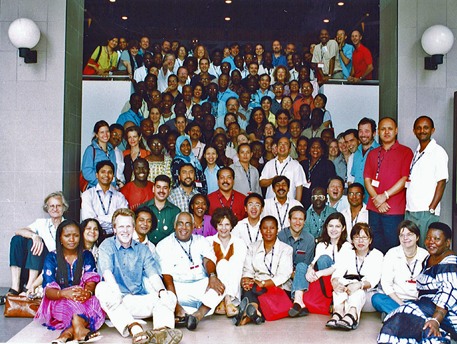
A picture of diversity: ActionAid's first international meeting in 1982 boasted just 11 senior staff, all white males, all relatively well-to-do, mostly from the south of England. ActionAid’s Bangkok strategy meeting in 2004 (above) had 140 participants from 40 countries, 50 per cent women, mostly Africans and Asians. It also had a much higher level of debate. Seated front right is Dr Noreen Kaleeba, international board chair. Somewhere in there, at the back, is Ken Burnett, then a member of the new international board.
Continued from column 1, below. But will this move increase the impact that ActionAid’s donors will have on reducing poverty? Without doubt, it will. ActionAid’s response to poverty includes not just the traditional pillars of rights to education, health, land, food, water, livelihood, reproductive and women’s rights but also the right to sound democratic governance at all levels. By building exemplary boards at the country level ActionAid is sending a strong, consistent message to the people and political leaders of each country where it works – a message that proclaims the importance of solid, just and equitable governance. And the system will train and develop new generations of men and women from all backgrounds, each well versed in good governance and able to recognise what it is, and what it does, when it’s permitted to flourish. © Ken Burnett 2015 NB this account is based on the reflections and recollections of a former ActionAid staff and board member. It’s not intended to represent the views of the organisation as a whole. Please feel free to email me your thoughts on this article here. Related articles: ActionAid UK CEO Girish Menon gives an up-to-date view on this story here. See below for links to my special series on the future of fundraising and why I’ve become convinced that fundraising has to change.
|
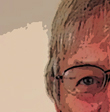
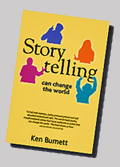
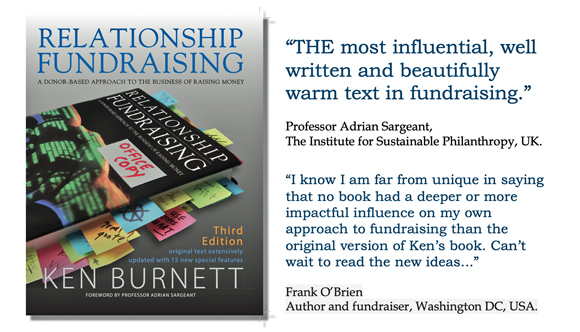
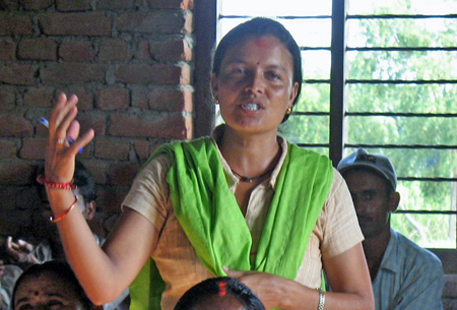
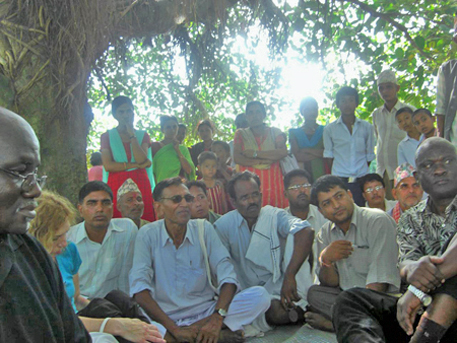 Meeting the right people in the right places: Dr Julius Spencer, left, board chair ActionAid Sierra Leone (next to Marie Burnett) and professor Uvie Igun, right, board chair ActionAid Nigeria, learn from village leaders in southern Nepal before reporting back to the international board. Photo Dinesh Singh.
Meeting the right people in the right places: Dr Julius Spencer, left, board chair ActionAid Sierra Leone (next to Marie Burnett) and professor Uvie Igun, right, board chair ActionAid Nigeria, learn from village leaders in southern Nepal before reporting back to the international board. Photo Dinesh Singh.